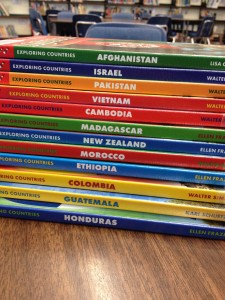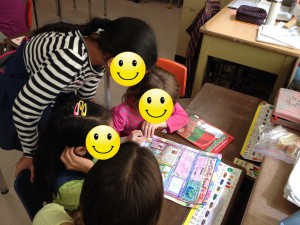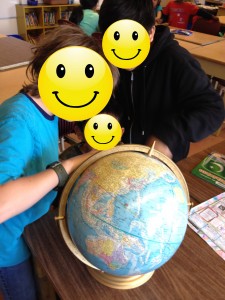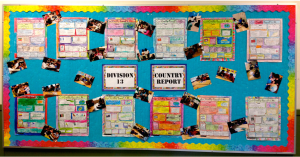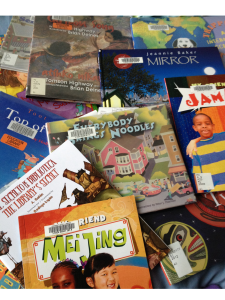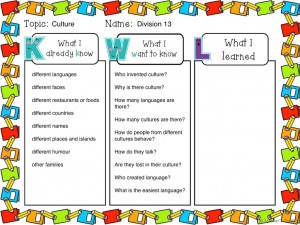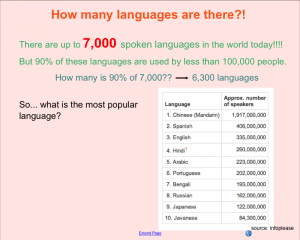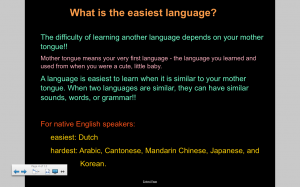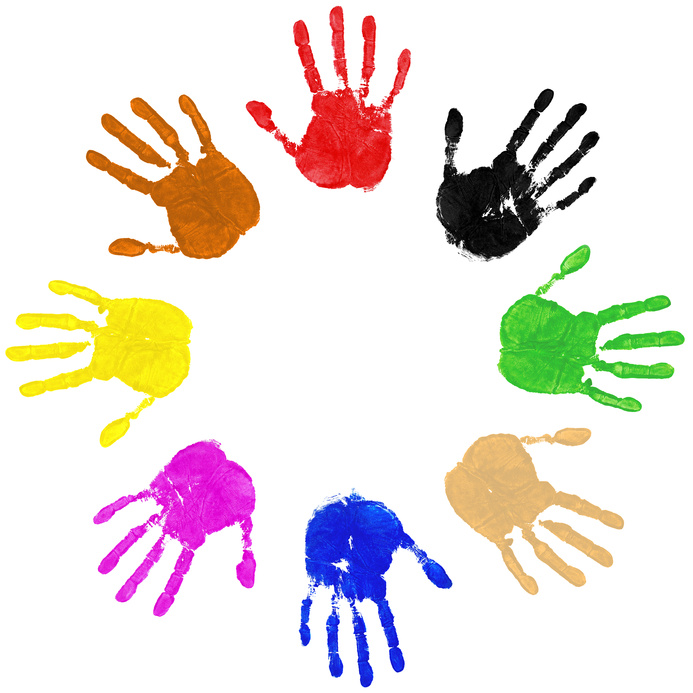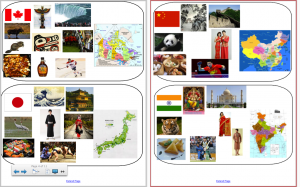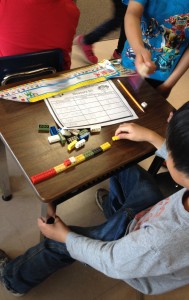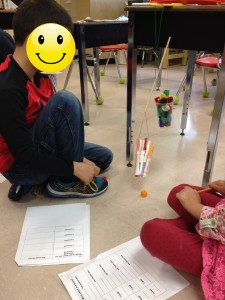The culture unit was my first inquiry-based unit and I initially had no idea where this was going to go. I have only been with my students for 5 weeks when I started this unit and knowing they had not much experience with an inquiry based learning made me worry a little.
![]()
Lessons:
During the lessons, discussions were a great way to get into the students’ mind. I tried to give many opportunities for everyone to talk. It was interesting to see how many things the students knew as an individual. I also found it interesting how students knew specific facts and not necessary the rationale behind it. It really was like pieces of puzzles that they had – not the full picture.
Motivation and Curiosity Level:
The students throughout this unit were very motivated and remained curious about the topic. The biggest way to maintain their curiosity was to conduct the lesson in a game-like manner. I planned each lesson as interactive as I can – thanks to SMARTboard -, which made the students look forward to the lesson.
Students’ motivation level was highest during the inquiry research project. The students did an amazing job and were very excited to work on the project. Every morning they would come up to me and ask whether we were going to keep working on the project or not. The pairing also worked very well because the students were helping each other understand the passage and discussed the material, which led to another question or curiosity. The shift of curiosity was very quick during this process and students were frantically searching for interesting facts.
This curiosity did not only stay within their assigned country but to their friends countries too. During silent reading, students were asking me if they could read the country book we were using for our research. Many students started checking out country books from the library to take home too.
Presentation: Sharing with the Buddy Class:
The students were extremely excited about this presentation. This became another motivation for them to learn the material well. They wanted to “Wow” the older students with their knowledge. After the presentation, we had a little discussion period where we shared our feelings towards the activity. Everyone was very happy and excited at the fact they knew more information than the older students and were able to teach them.
Bulletin Board:
By the end of the project, they had a strong sense of ownership and accomplishment towards their work. When I posted the work on the bulletin board along with the pictures I had taken during the presentation, students were proud to show it to their parents.
Being proud of their work made them want to share their knowledge with whoever was interested in the matter. During this project, students were able to come across so many opportunities to share their knowledge (i.e: during research, with their partner, with the buddy class, with parents) that they were experts by the end of it.
![]()
Although I was worried in the beginning, this unit turned out to be a big success. I was able to observe the power of inquiry and experience the amount of enthusiasm it generated.
 Follow
Follow